In the construction industry there are activities that are classified high risk because they have the potential to cause serious injury or death. When any of these activities are involved, the workplace must prepare a Safe Work Method Statement (SWMS) before work starts.
Professor Parker discusses the principles of good work design, why they are important, and how we can use them to make workplaces safer and improve workers’ wellbeing.
Who is this presentation for?
This presentation is for workers, managers, health and safety representatives and professional advisers.
For many workplace leaders, the safety vision they are still working towards is focussed on achieving an absence of injury.
Today’s society is increasingly focused on a 24/7 economy and the expectations on people to work at all hours of the day have increased.
As a person conducting a business or undertaking (PCBU), you have a duty to consider good work design in a workplace. This page will assist you in understanding your duties under the model work health and safety laws, and direct you to supporting documentation.
This educational resource provides guidance about work health and safety and safe work design.
It covers the evidence and theory behind the principles of good work design. Further guidance is available in:
This handbook provides guidance on good work design. It includes the
Use this model Code of Practice if you design structures that will be used, or could reasonably be expected to be used, as a workplace. This includes architects, building designers and engineers.
In this seminar, Dr Carmel Harrington and Professor Drew Dawson examine why fatigue management is important from both a worker and a business perspective and what businesses and workers can do to manage the risks caused by fatigue in the workplace.
Our panellists suggest practical ways to use supply chains to protect the health and safety of workers, emphasising the importance of consultation and cooperation.
